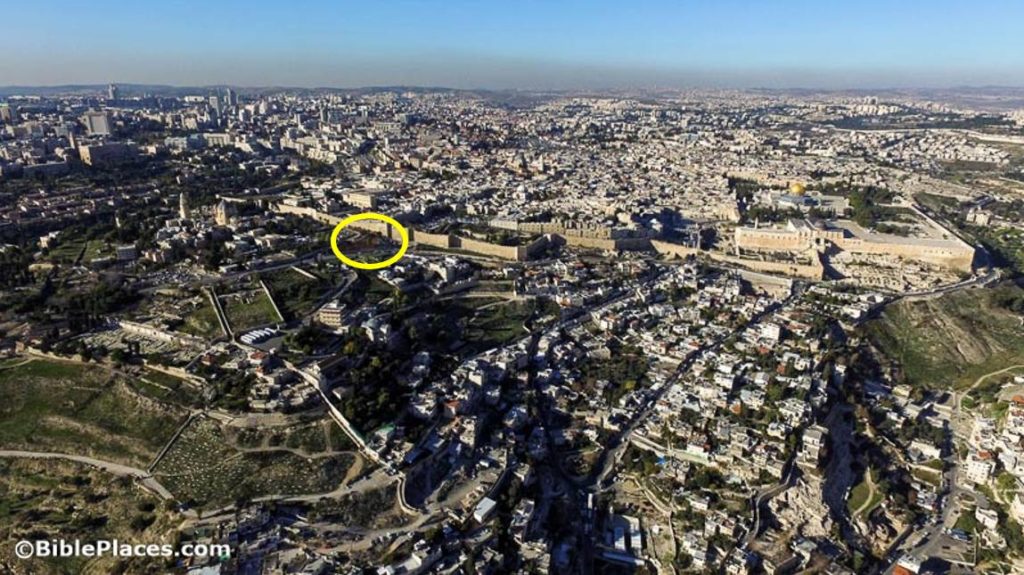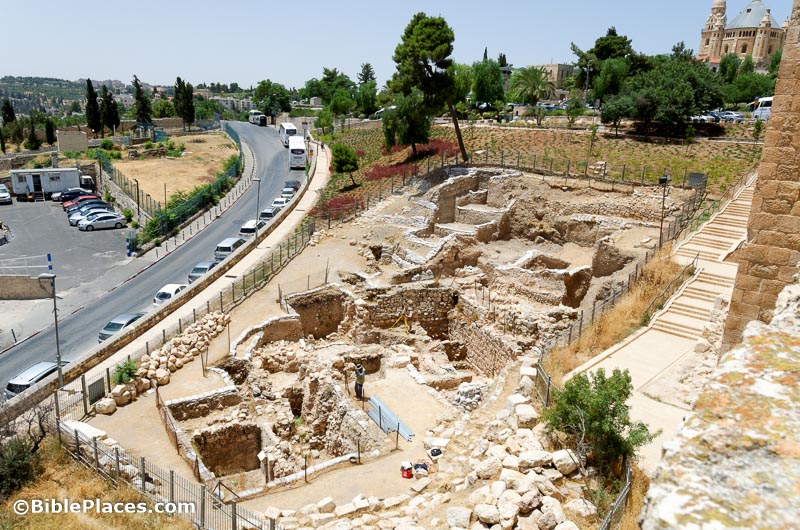Archaeologists excavating on the Western Hill of Jerusalem (aka the modern “Mount Zion”) have announced the discovery of a destruction layer from the Babylonian conquest of Jerusalem in 586 BC.
The discovery is of a deposit including layers of ash, arrowheads dating from the period, as well as Iron Age potsherds, lamps and a significant piece of period jewelry – a gold and silver tassel or earring.
Despite what you might expect, archaeologists working in Jerusalem over the years have not found an abundance of material from this destruction, probably because it has been disturbed by later inhabitation. Shimon Gibson and his team date this material to the Babylonian destruction on the basis of context.
The team believes that the newly-found deposit can be dated to the specific event of the conquest because of the unique mix of artifacts and materials found — pottery and lamps, side-by-side with evidence of the Babylonian siege represented by burnt wood and ashes, and a number of Scythian-type bronze and iron arrowheads which are typical of that period.
The arrowheads are similar to those discovered at the “Israelite Tower” on the north side of ancient Jerusalem in a destruction context from the Babylonian invasion. Because the excavation site is inside the city walls, it is unlikely to be a dumping area.
“It’s the kind of jumble that you would expect to find in a ruined household following a raid or battle,” Gibson said. “Household objects, lamps, broken bits from pottery which had been overturned and shattered… and arrowheads and a piece of jewelry which might have been lost and buried in the destruction.”
“Frankly, jewelry is a rare find at conflict sites, because this is exactly the sort of thing that attackers will loot and later melt down.”
“I like to think that we are excavating inside one of the ‘Great Man’s houses’ mentioned in the second book of Kings 25:9,” Gibson speculated. “This spot would have been at an ideal location, situated as it is close to the western summit of the city with a good view overlooking Solomon’s Temple and Mount Moriah to the north-east. We have high expectations of finding much more of the Iron Age city in future seasons of work.”
The full press release is here, and the story is reported by numerous outlets, including The Jerusalem Post, The Times of Israel, and Haaretz (premium).

